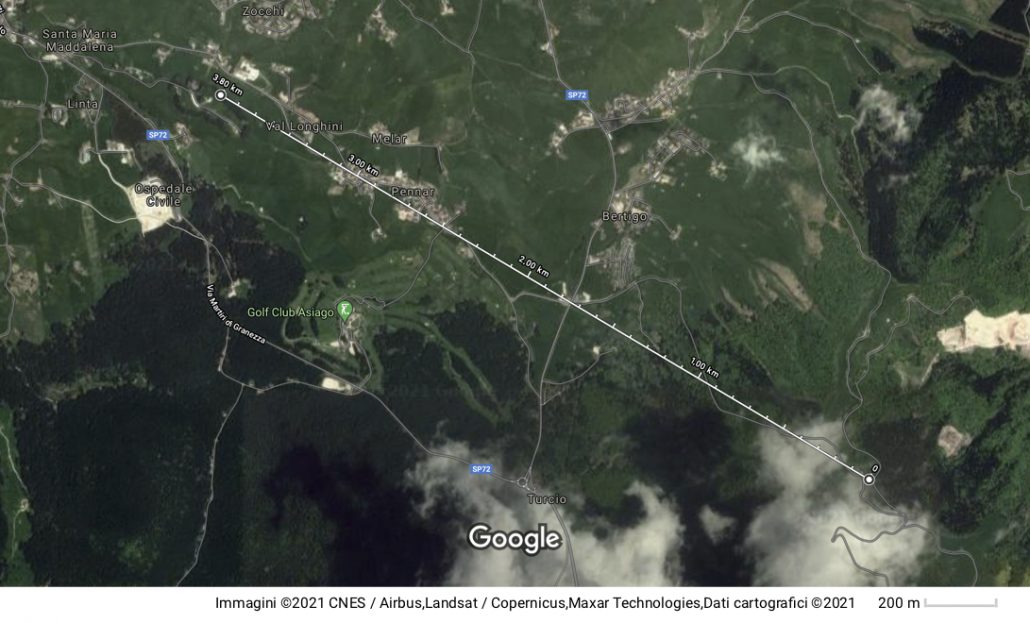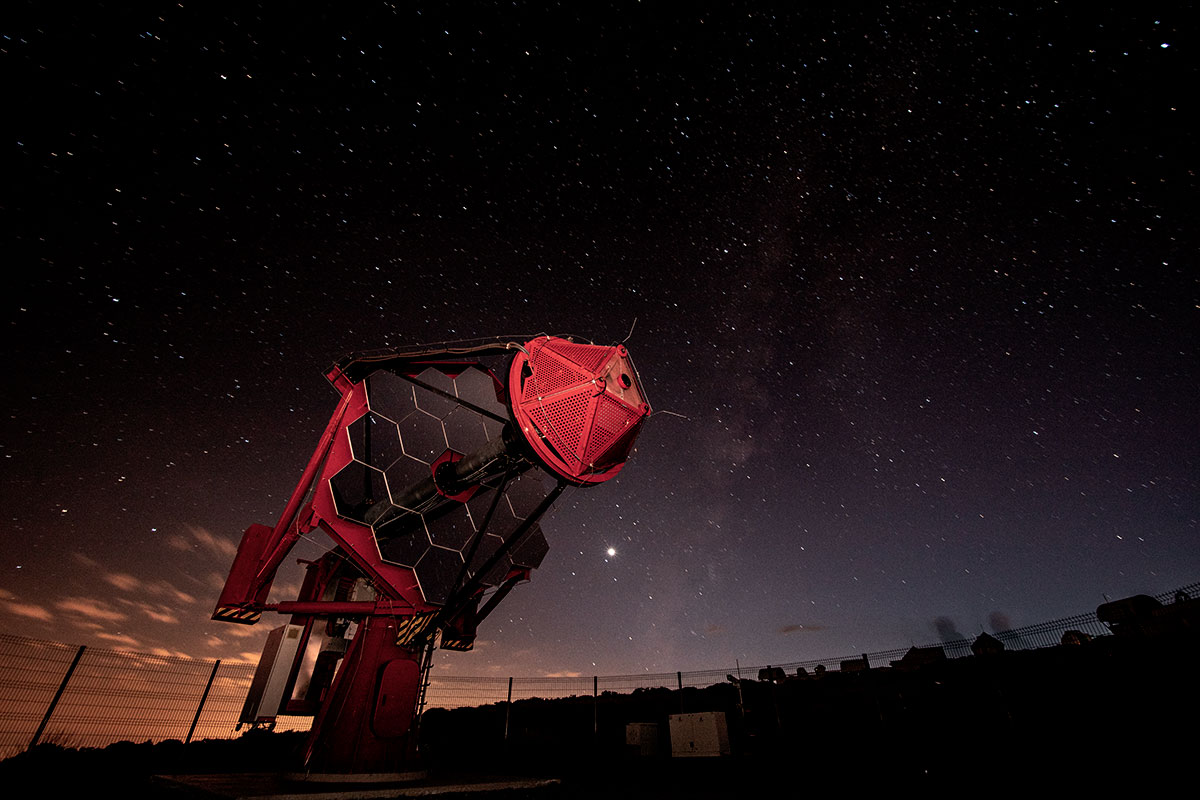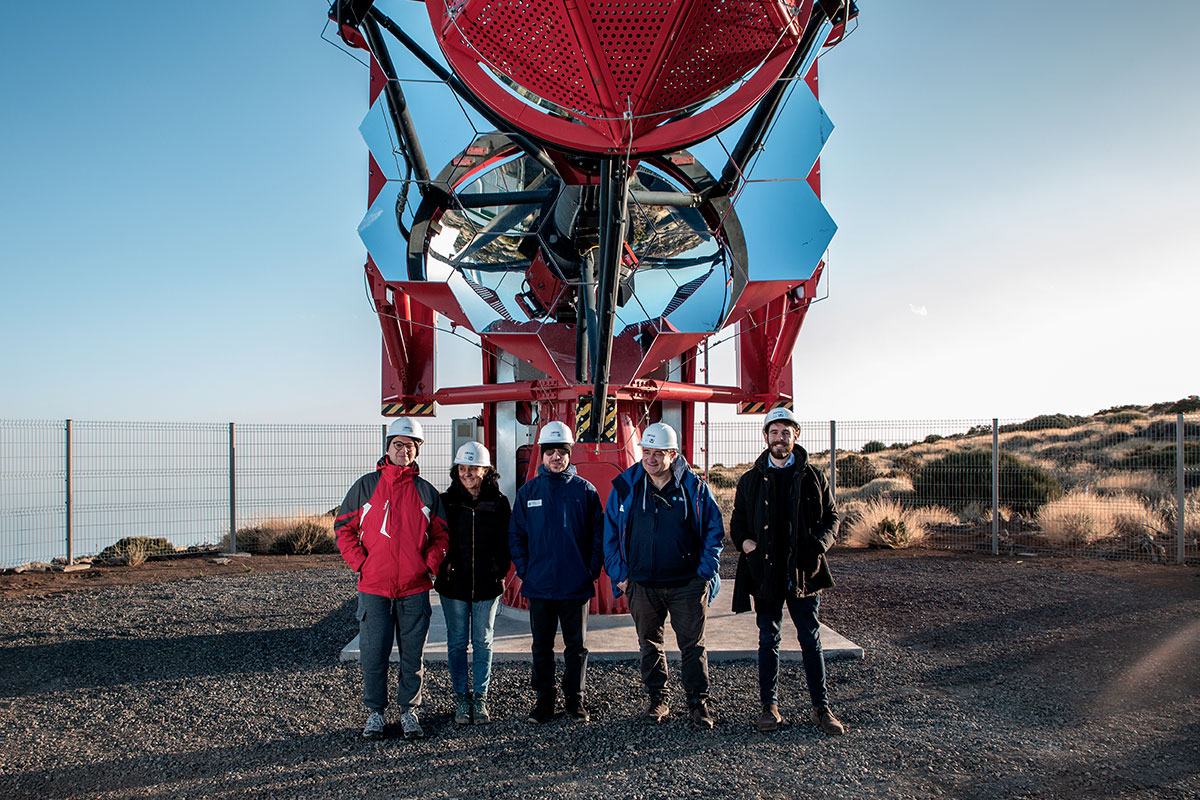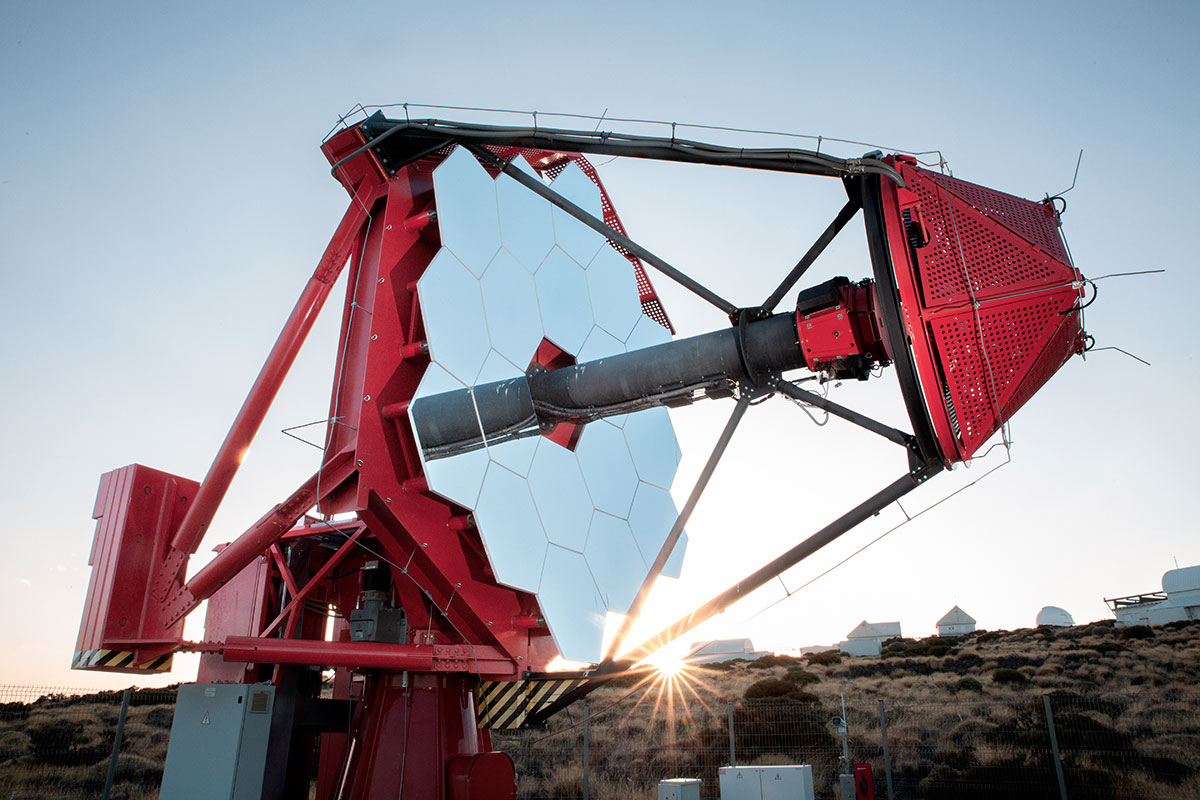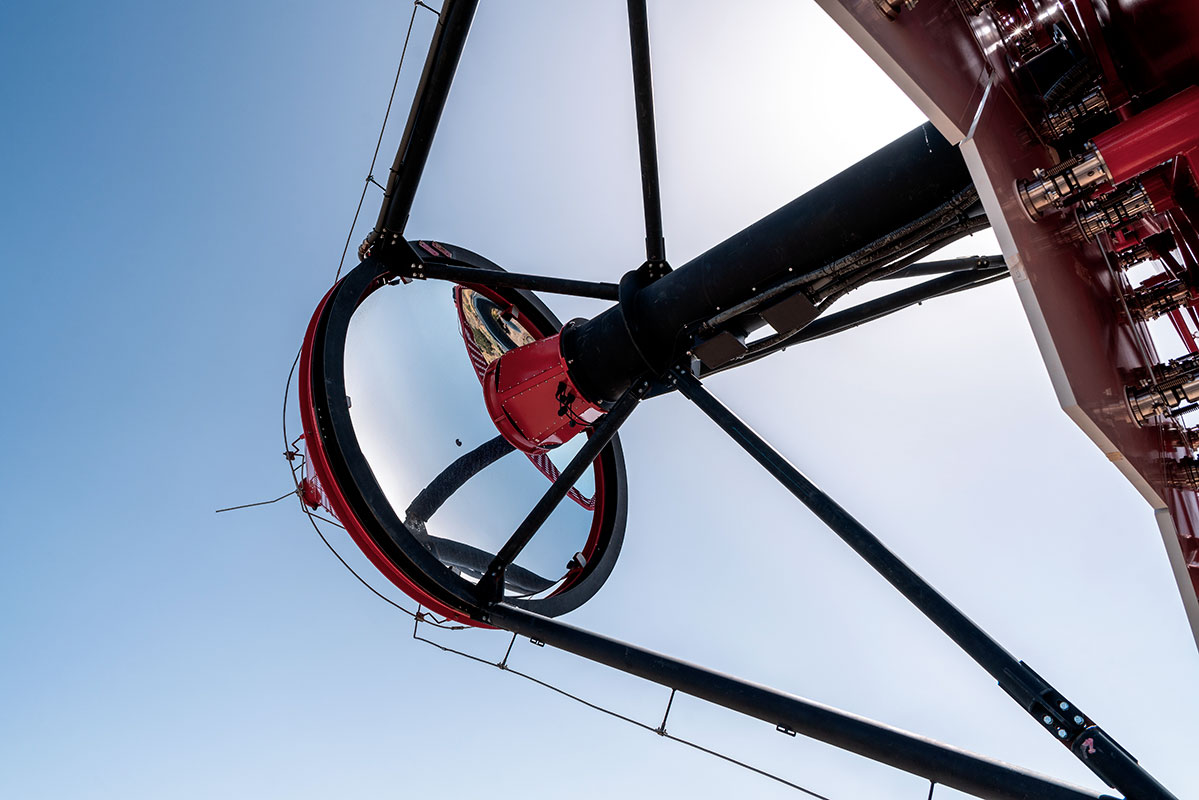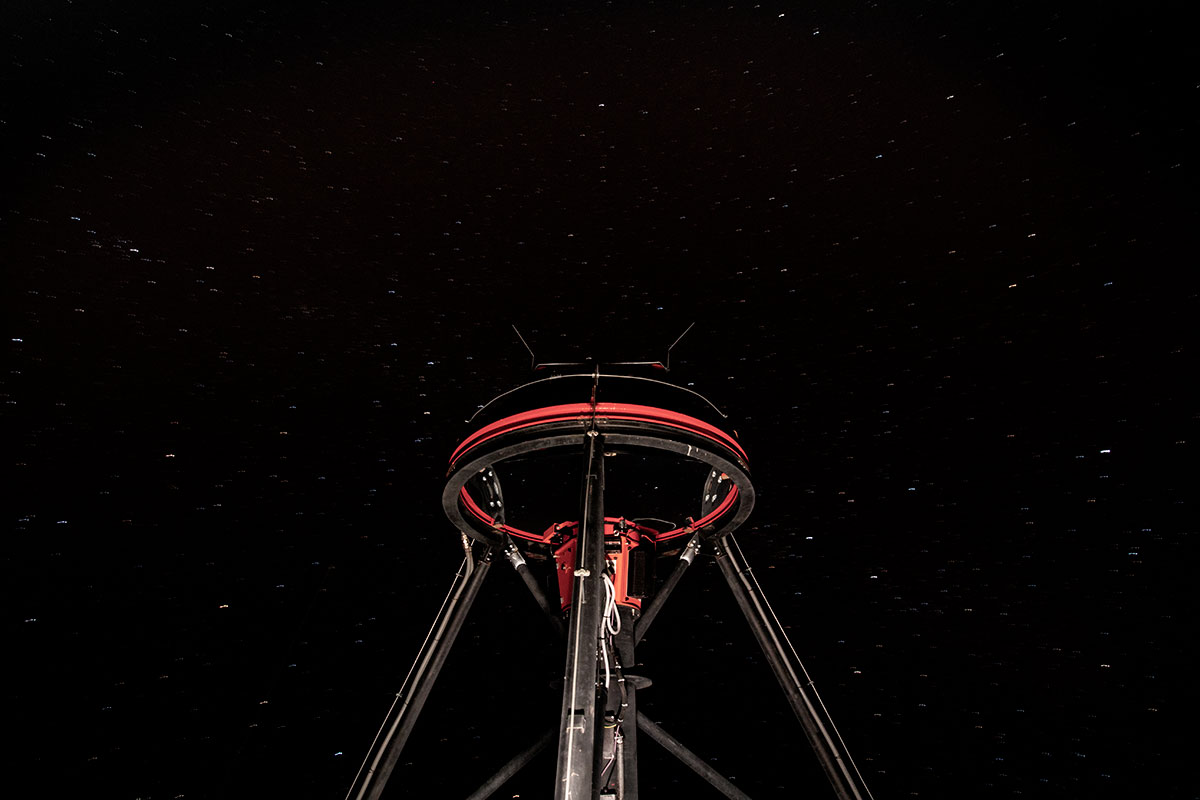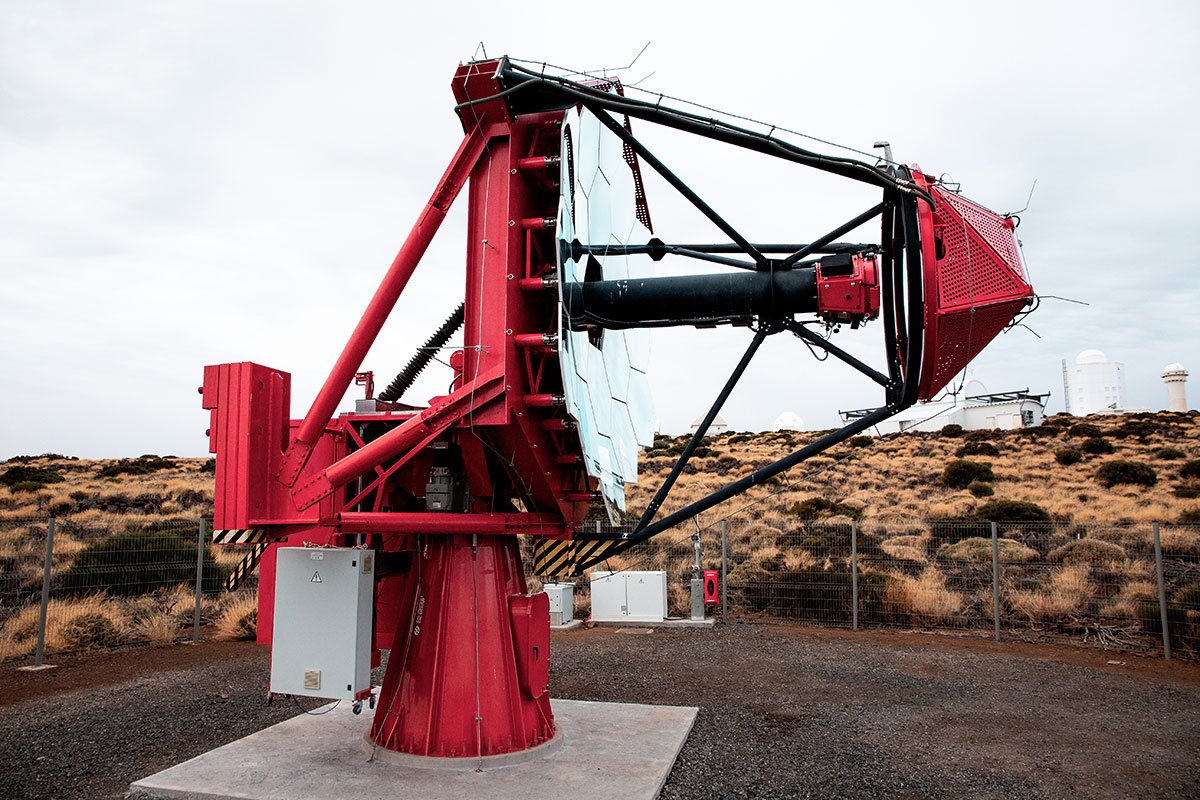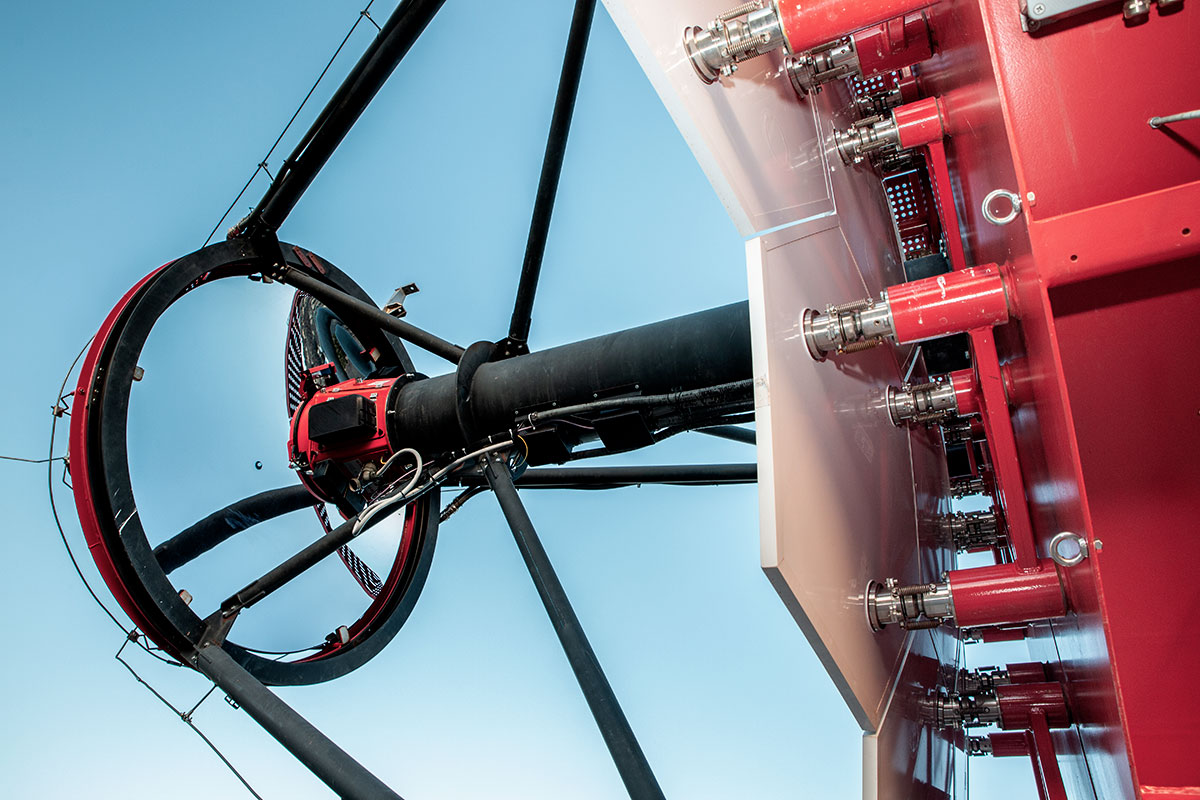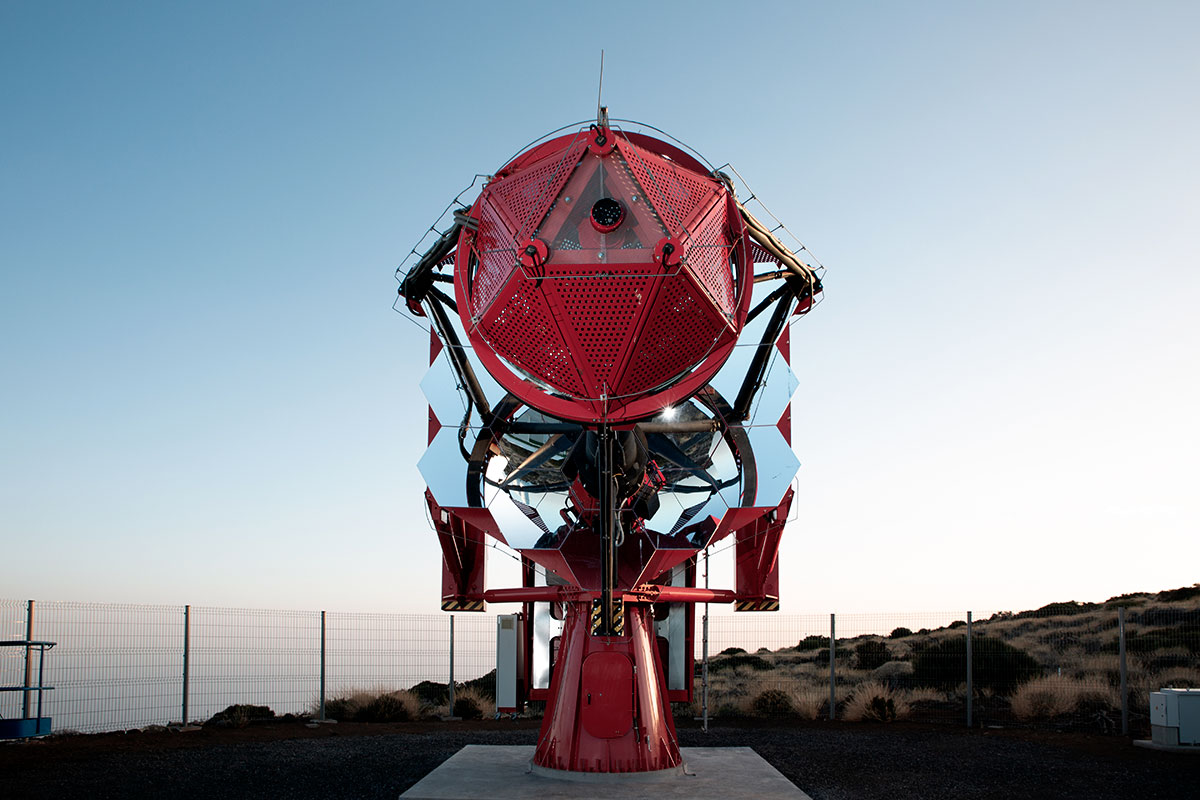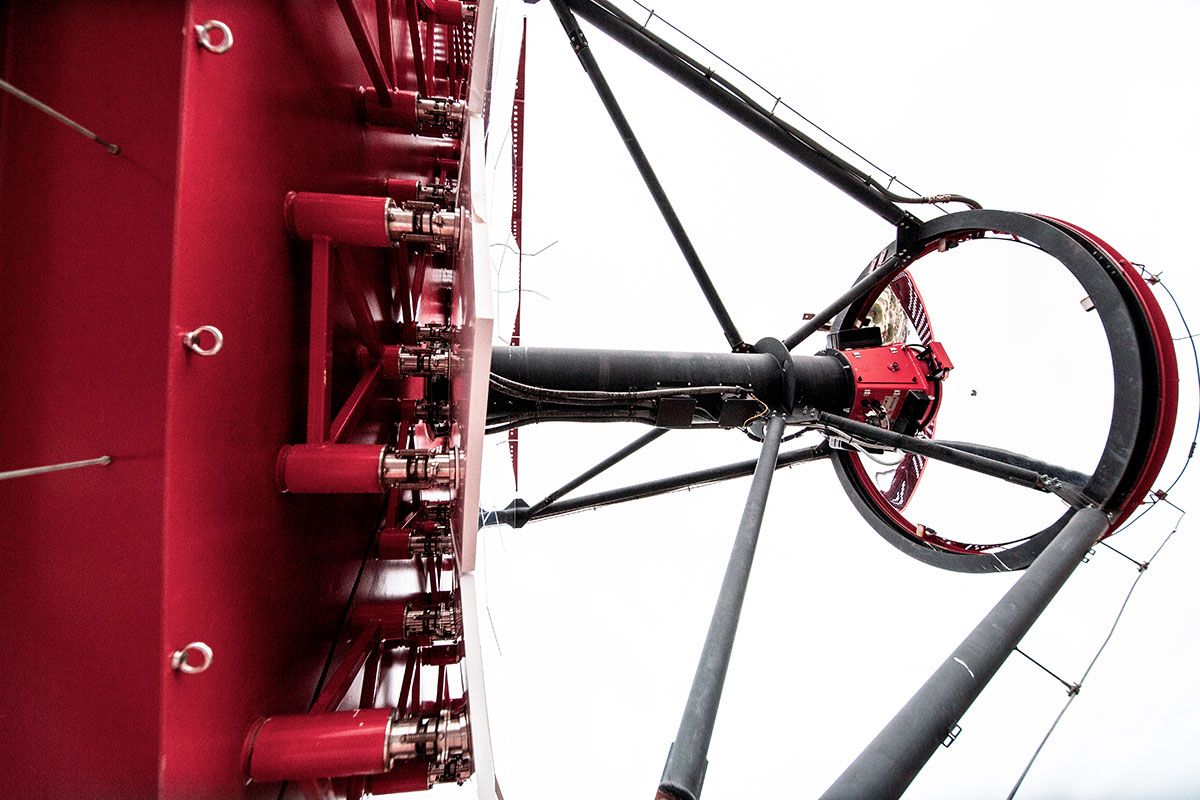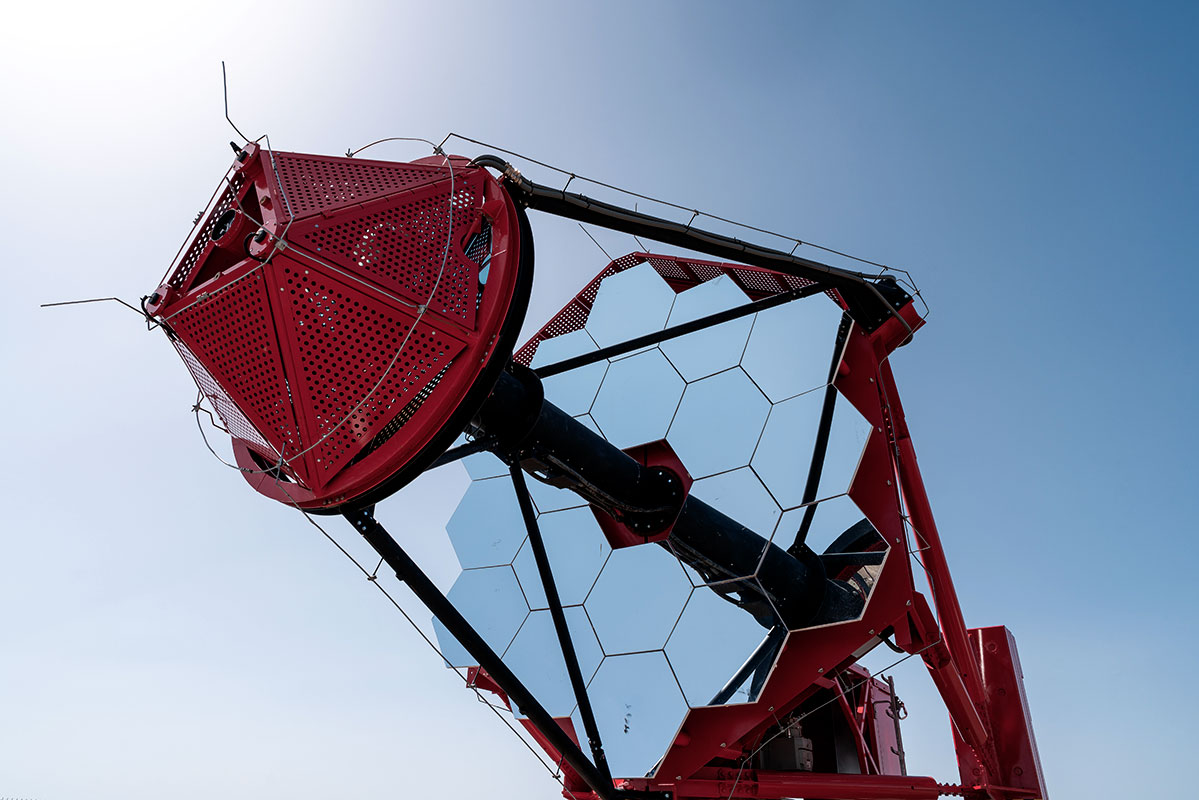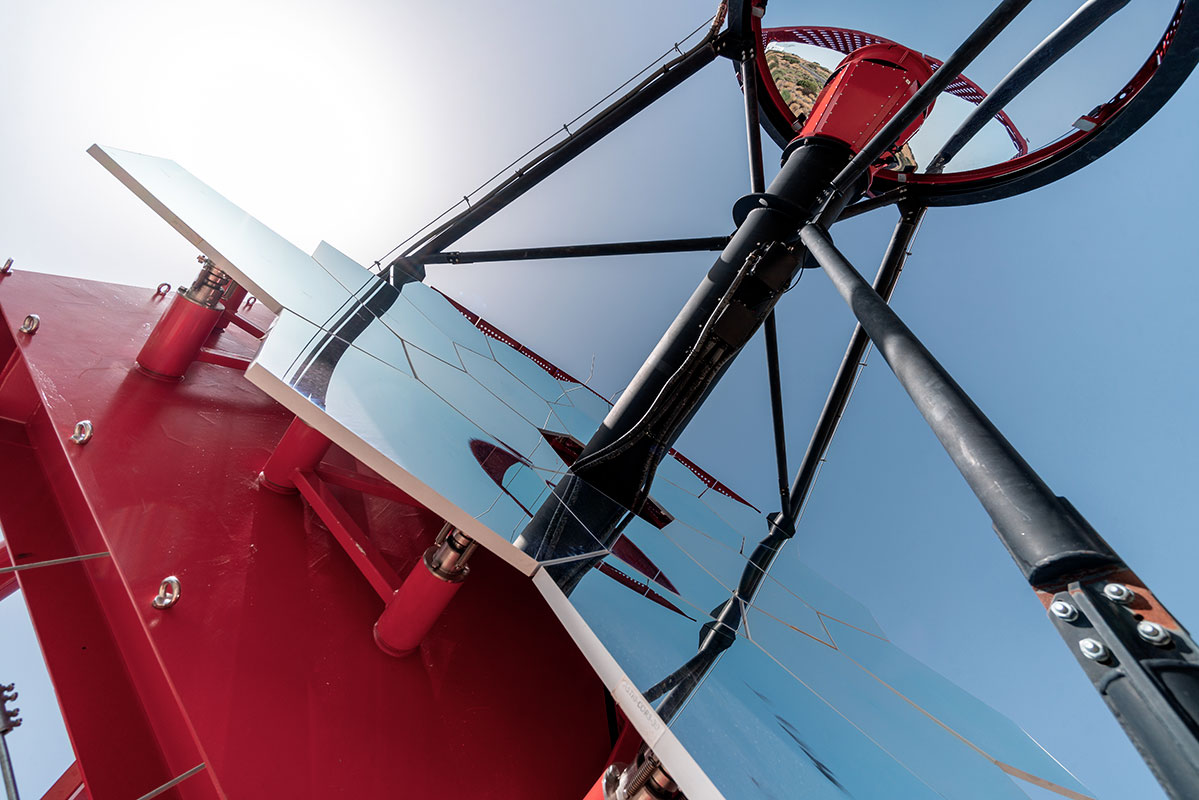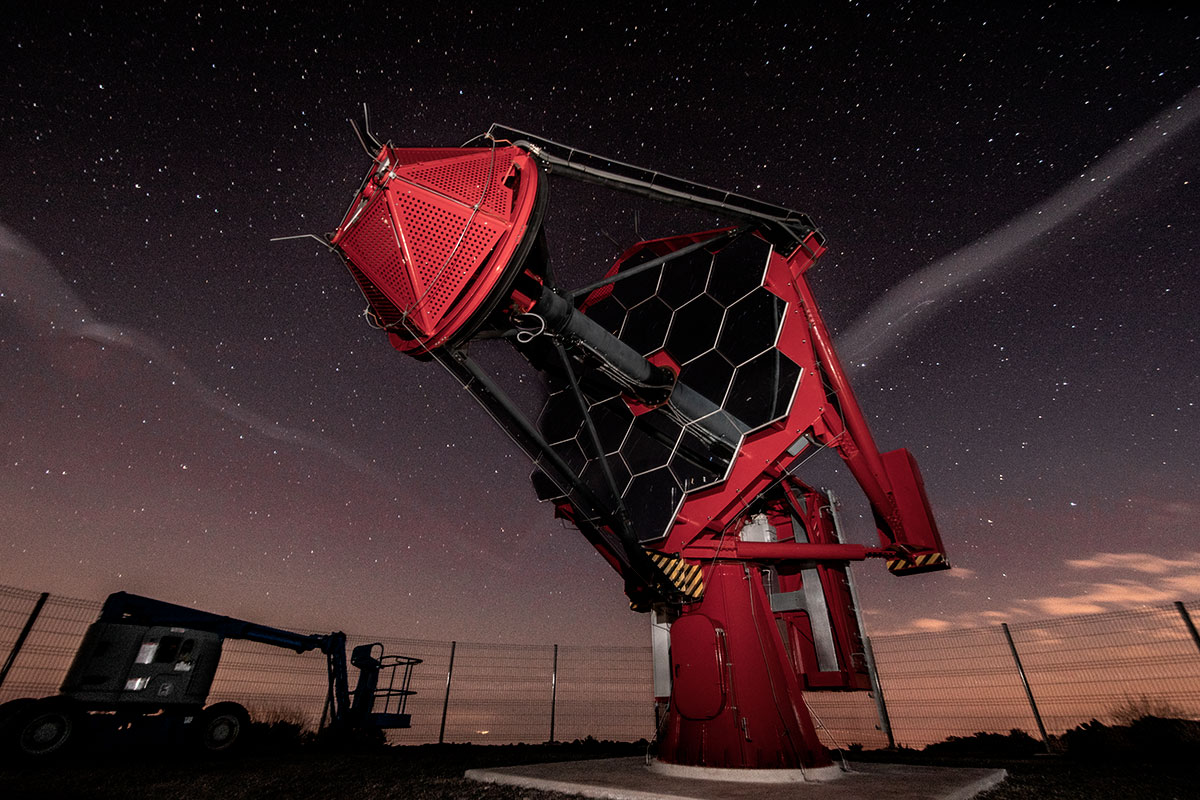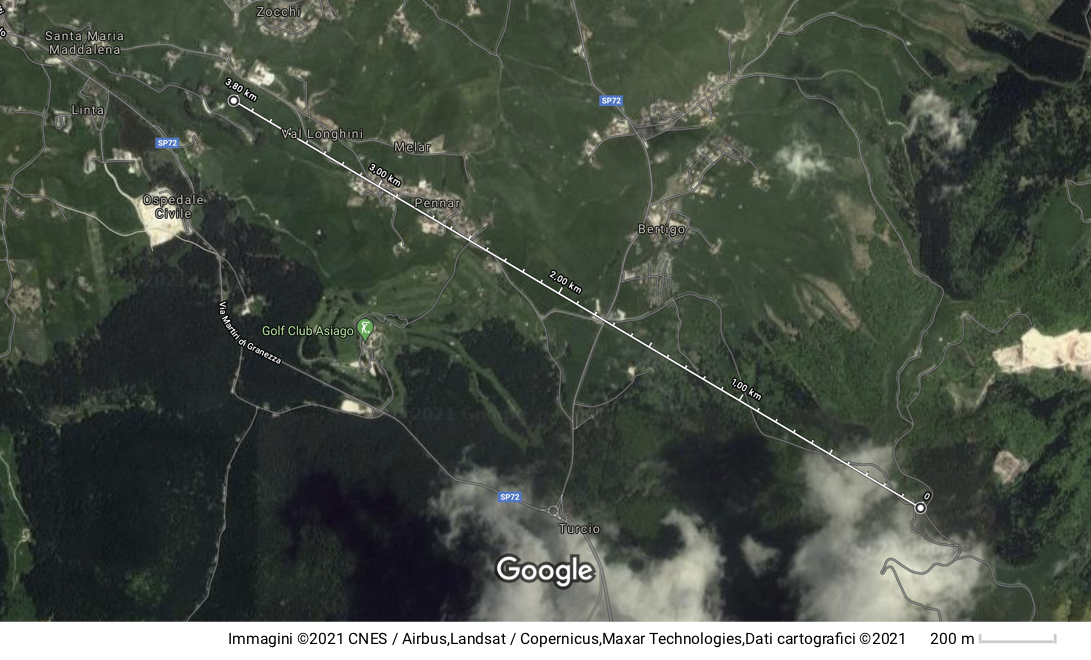“Until now it was thought that very few celestial objects could emit Gamma-ray radiation at such extreme energies.” explains Martina Cardillo of INAF. “The sources must in fact be able to accelerate particles to energies of 1 PeV (hence the name PeVatrons), that is energies up to 100 times greater than those reached by the most powerful accelerators ever built on Earth. The Lhaaso experiment has shown that they are not rare.”
The importance of finding these accelerators lies in the fact that we know that the spectrum of Galactic cosmic rays extends at least to the energies of the PeV. Direct observation of sources where such particles are present can then help researchers to identify which astrophysical phenomena are capable of accelerating particles so efficiently. The candidate sources proposed so far are supernova remnants, “pulsar wind nebulae” and young stellar associations. In fact, some of these objects are found in the uncertainty regions of the Lhaaso sources.
Lhaaso is the most important experiment for the study of galactic cosmic rays currently underway. It can study both charged particles (determining their energy distribution, chemical composition and anisotropy with an unprecedented resolution) and photons from the most disparate galactic and extra-galactic sources.
“Detection of an astonishing 1.4 PeV Gamma-ray emission from the Cygnus Cocoon not only makes the last unexplored window of the electromagnetic spectrum experimentally accessible, but also unquestionably demonstrates the existence of the PeVatrons.” adds Giuseppe di Sciascio of INFN, and visiting professor of the Chinese Academy of Sciences.
The current paradigm that wants the supernova remnants responsible for the production and acceleration of most galactic cosmic rays is undermined. In fact, the Cygnus Cocoon is a superbubble, containing young and massive stars (newly formed OB2 star associations), sources of cosmic rays alternative to supernova remnants.
These northern hemisphere sources are a perfect target for observation with the Cherenkov telescopes of the ASTRI Mini-Array, that will study the emission and morphology of the sources in depth and will improve on the identification of the PeV emission counterparts.
In fact, both the ASTRI Mini-Array and the future CTA, currently under construction by an international collaboration of which INAF is one of the main partners, will have a better angular resolution than Lhaaso and will allow us to clearly pinpoint the object responsible for the PeV emissions. Observations in the next years will also make it possible the identification of the different classes of cosmic ray sources as a function of their energy.
“These results are crucial also for the detection of astrophysical neutrinos. If protons (i.e. an adronic mechanisms) are involved in the production of such energetic photons, at least the three brightest sources could be, in fact, within range of the neutrino detectors currently in operation or under design” concludes Giuseppe di Sciascio.
